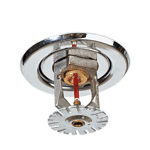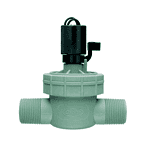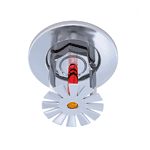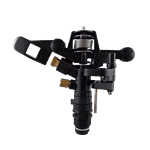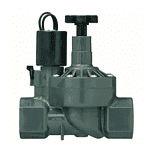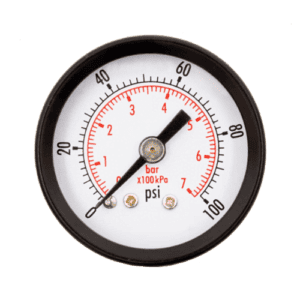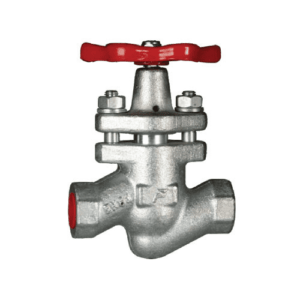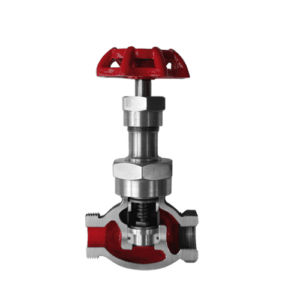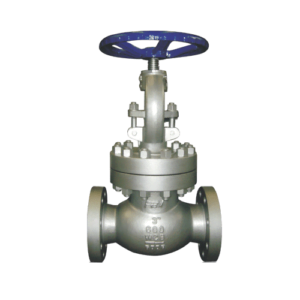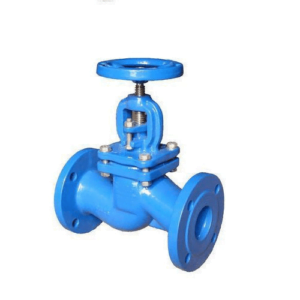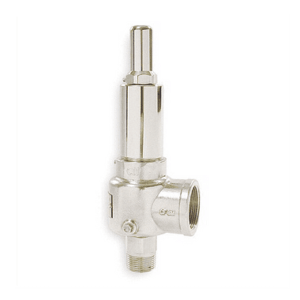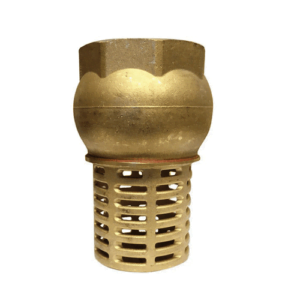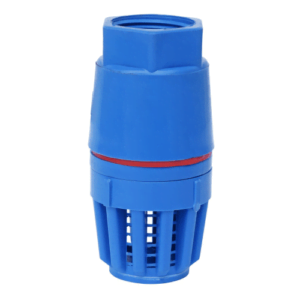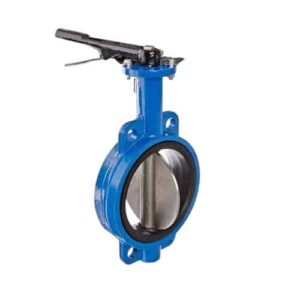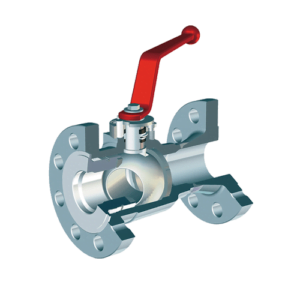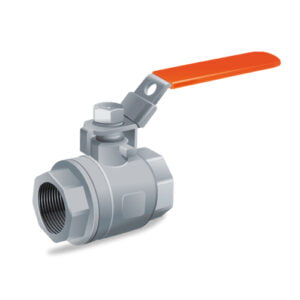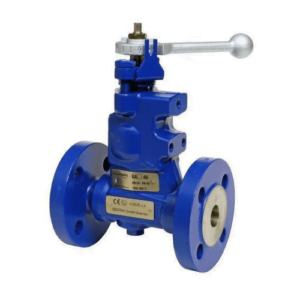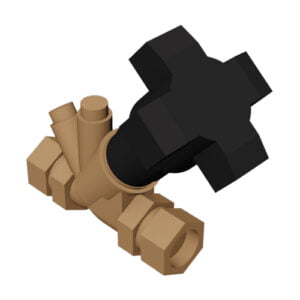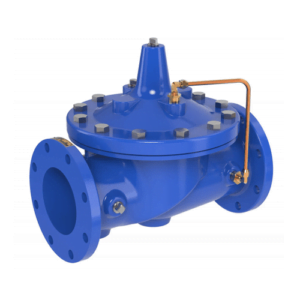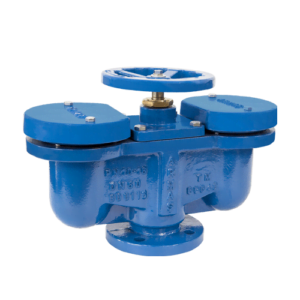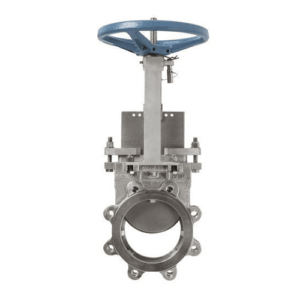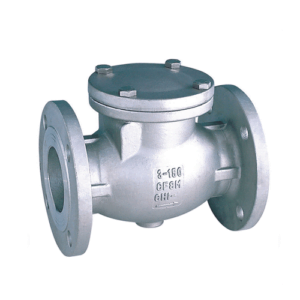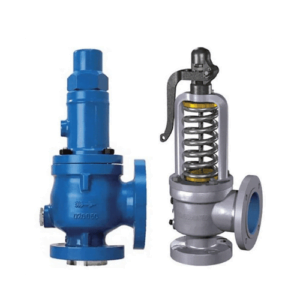Advanced Sprinkler Check Valve for Efficient Irrigation Control
A modern irrigation system that has the Sprinkler Check Valve as one of the important parts is used to restrict backflow of water in order to maintain the integrity of the system and the quality of water. It is used in small residential landscapes and very large agricultural fields. The valve is designed by [Sprinkler Check Valve Manufacturer] for better performance and long life, providing added features that give the system efficiency and safety.
Material Specifications:
Made from sturdy materials including PVC, brass, and stainless steel, our Sprinkler Check Valves stand up to the test of time against corrosion and the rigors of in-ground and above-ground installations. Each of these materials is chosen based on environmental suitability and life span to ensure our products are sustainable and enduring.
Technical Specifications:
- Size options range from 1/2 inch to 2 inches
- Pressure ratings suitable for typical residential and commercial irrigation systems
- Equipped with [Sprinkler Solenoid] for automated control
- Compatible with various types of irrigation systems, including those requiring [Sprinkler Manifold Manufacturer] components
- Considering the enormous diversity of needs in modern irrigation systems, the systems have been designed to provide reliable backflow prevention and efficient water management.
Standards and Compliance
Our sprinkler check valves achieve at the least the basic industry standards, like ASTM, and even ISO 9001 in quality and reliability. As a leading [Sprinkler Valve Solenoid Manufacturer], we maintain products to stringent safety and operational benchmarks. With a great concern for quality, the customers can be assured that these valves meet good standards for safety and performance.
Usage Instructions
To Get Optimum Performance from your [Sprinkler Check Valve], Use these Helpful Hints:
- It is good practice to ensure the valve is checked and cleaned from time to time so that it does not cause clogging and functions smoothly.
- A professional technician should do the installation to make certain that the valve is properly sited for maximum effectiveness.
- It is recommended to periodically test a system fitted with a [Sprinkler Solenoid] to ensure it is in good working order.
- For further troubleshooting or maintenance advice, refer to the full manual sent, or contact our professional support.
Applications
The [Sprinkler Check Valve] is integral to effective irrigation system designs, ensuring optimal functionality in various applications:
- Residential Lawn Sprinkler Systems: Prevents water from backing up into the supply, maintaining a good, clean, and safe water supply and preventing contamination spread.
- Commercial Landscaping Projects: Ensures that every zone in a large system of irrigation operates without being compromised because of backflow.
- Agricultural Irrigation: Keeping the water pressure and flow constant in large irrigation networks to increase the efficiency of crop irrigation.
Features and Benefits
Features
- Prevention of Water Hammer: The [Sprinkler Check Valve] closes the water flow and prevents water hammering, which can lead to damage of the pipes and fixtures.
- Durability: Prepared from materials that do best in waters and soils, thus ensuring that there is a long life and reliable working due to changed environmental conditions.
- Automated Functionality: Utilizes industry-leading sprinkler solenoids from the largest supplier worldwide with the capability of automated control for ease of use and efficiency in irrigation management.
Benefits:
- Reduced Maintenance Costs: The valve lowers the probability of leaks and pipe bursts due to reflux and water hammer, thus lowering the costs related to repairs and maintenance.
- Improved Water Conservation: Good water conservation will ensure that water is dispensed only in those places and at times when required, so that there is no waste of it and at the same time, it provides for the cause of environmental sustainability.
- Enhanced System Efficiency: Constant pressure and flow are maintained to enhance the general efficacy of the irrigation system.
Related Products
To enhance your irrigation system, consider pairing the check valve with other key components:
- [Sprinkler Control Valve]: Controls the volume of flow and the duration for which water is applied on each zone.
- [Sprinkler Manifold Manufacturer]: A master control hub for multiple valve connections.
- [Sprinkler Shut Off Valve Manufacturer]: On the demand or automatically shuts off the supply of water.
Support and Warranty Information
Our [Sprinkler Valves], including specialized options like the [Sprinkler Backflow Valve Manufacturer] products, all come complete with some of the longest warranties and full customer support on the market. We include full installation guides, operational support, and troubleshooting tips for your equipment to run effectively throughout its lifetime.






